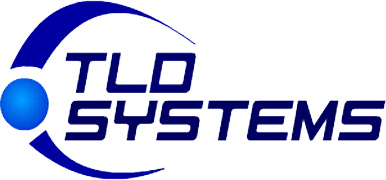“My documentation for qualified, routine foot care is similar for most patients as little changes in 3 months. But, yes, I do look for changes and make the note reflect such. And I try to make sure notes are not exact copies of previous notes. My notes have plenty of bullet points for an E/M code on each visit. I am primarily charging procedure codes only (CPT 11056, CPT 11721, etc). Can I still bill at least one E/M code per year even when there are no substantive changes as I continually monitor vascular, neurologic and dermal changes each visit? Must I have a new or different diagnosis to bill an E/M code?”
Two rules of thumb. Number one is that an E/M service cannot be billed on every “At Risk,” Routine Foot Care encounter. An E/M service can be billed if there is a new problem, which is defined as the following: never mentioned, never examined, never treated. The E/M service cannot be related in any fashion to the procedures that are being performed on the same date of service, in this instance “At Risk,” Routine Foot Care. Rule number two is that it is not appropriate to bill an E/M service annually. Monitoring vascular, neurologic, and dermal changes at each patient encounter does not support the billing of an E/M service.
To expand on this issue, I feel that it is important to look at the definition and the explanation of an Evaluation and Management Service aka E/M service.
E/M Services:
1. E/M is NOT a synonym for an office visit.
2. It is a 2-part process:
a. “E” stands for EVALUATION. Using a Medically, Appropriate History and/or Examination and *Medical Decision Making, you formulate a WORKING DIAGNOSIS. This shows MEDICAL NECESSITY.
b. “M” stands for management. Using the working diagnosis, you now must do something about it. In other words, you must TREAT THE PROBLEM. Diagnosing a problem is not sufficient.
3. *Total Time can be used in lieu of Medical Decision Making to determine the most appropriate level of E/M service if the total time is appropriately documented within the medical record for the date of service in question.
And, if that is not enough,
4. ALL CPT (Procedure) codes have an inherent E/M component.
5. To bill an E/M service and a CPT code on the same date of service, whether it is an initial encounter or a subsequent encounter, you must demonstrate through your documentation the thought process that was used to extract the E/M component from the CPT code to make the E/M service significant and separately identifiable.
6. You can NEVER, EVER bill an E/M code in lieu of the appropriate CPT code.
This is my opinion.
Michael G. Warshaw, DPM, CPC
Terrific NEWS!!!
THE 2025 PODIATRY CODING MANUAL IS NOW AVAILABLE in either Book or Flash-drive formats. It has been completely updated for the calendar year 2025 including the NEW policy for the application of skin substitutes that goes into effect February 12, 2025. Many offices across the country consider this to be their “Bible” when it comes to coding, billing, and documentation. The price is still only $125 including shipping! To purchase, access the website drmikethecoder.com.
No credit card? No problem! Just send a check for $125 to the following address:
Dr. Michael G. Warshaw
2027 Bayside Avenue
Mount Dora, Florida 32757



Read Comments